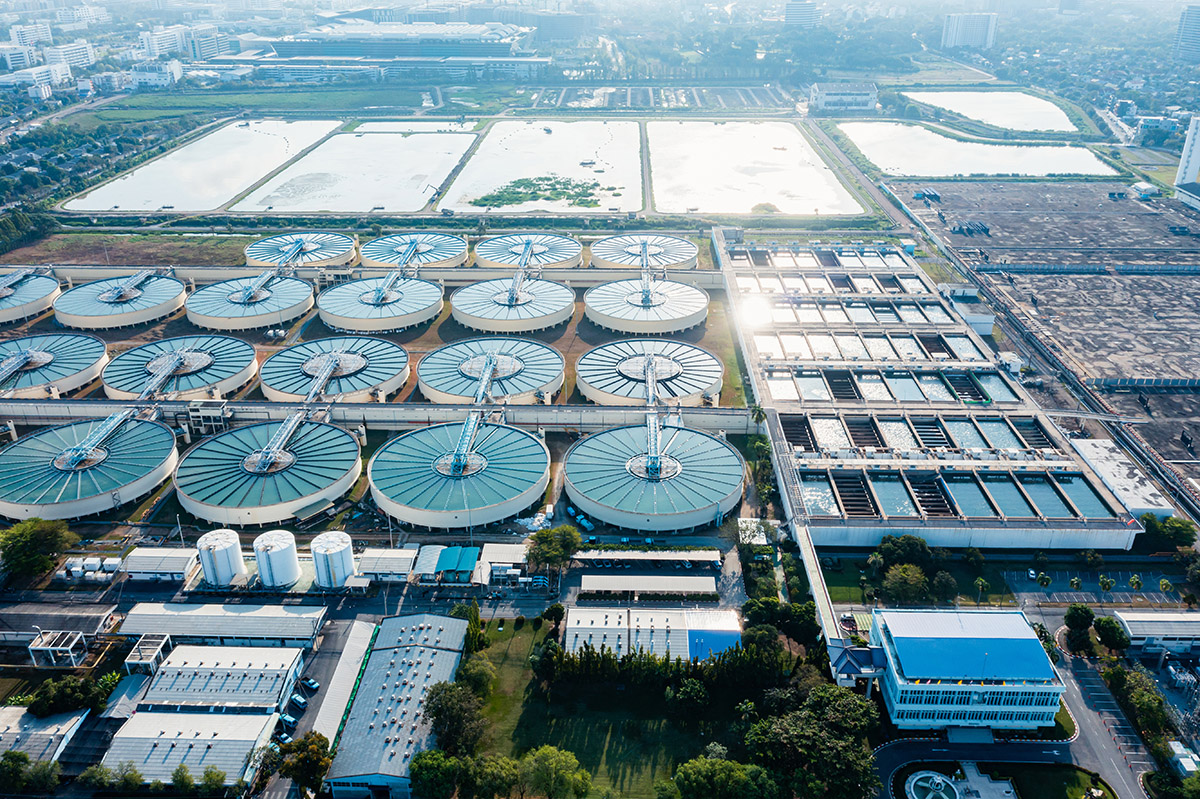One can find themselves feeling helpless, vulnerable, and puzzled when they love somebody who does not share the same sensations as them. This can be a troubled experience undoubtedly. Unrequited love is frequently accompanied by sensations of rejection and insufficiency, resulting in low self-confidence and an increased sense of isolation. In addition, it might result in intrusive ideas, compulsive behavior, and a failure to proceed with one’s life according to Woolwich escorts.
Presume that you have been harbouring sensations for a lady for a number of years, but that she only considers you to be a buddy. Despite the fact that you covertly pine for her, she continues to date numerous other men. Your heart skips a beat every time she calls or wants to chat with you, and you are hoping versus hope that she will lastly confess her undying love for another person. Each time she rejects you or reveals no interest in you, it seems like a verification that you are not good enough from her perspective according to fantastic website.
It might be hard to totally value oneself as a result of these challenges, which may also have an unfavorable influence on other elements of one’s life, such as one’s professional life or their relationships with their household.
Handling the Pain of Heartache and Struggles of the Emotional Kind
On the occasion that it is not resolved in the appropriate way, the emotional toll of unrequited love can be ravaging and long-lasting. Taking the necessary actions towards healing and healing is absolutely needed in order to have the ability to move past these obstacles and eventually discover joy.
Acceptance of one’s feelings and the practice of self-compassion, which involves dealing with oneself with more generosity than one would deal with other individuals, is one approach taken. Assistance can also be gotten by talking about one’s feelings with enjoyed ones or by seeking professional support from therapists or counsellors. Both of these choices are similarly advantageous.
The pursuit of pastimes and participation in activities that bring pleasure can go a long way towards restoring mental stability, despite the fact that this may seem like a cliché. When one discovers brand-new interests or journeys to new places, they might experience unanticipated satisfaction that help them create area between themselves and the situation that they are currently dealing with.
A wise individual as soon as mentioned that “you don’t have control over the cards that life deals you, however you have control over how you deal with those cards.” When approached in a positive manner, the mental distress and psychological distress that arise from unrequited love can be seen as a chance for individual development and recovery.
In addition, it is of the utmost importance to search for closure, especially in relation to relationships. Helping in the process of attaining closure, acquiring understanding from the experience, and progressing can be accomplished by acknowledging that it is not one’s fault.
In addition to this, it is necessary to acknowledge that there are other people in the world who would value it if one expressed their love to them in return. Putting oneself in a position to be open up to brand-new opportunities can pave the way for the discovery of somebody who shares the exact same level of interest.
